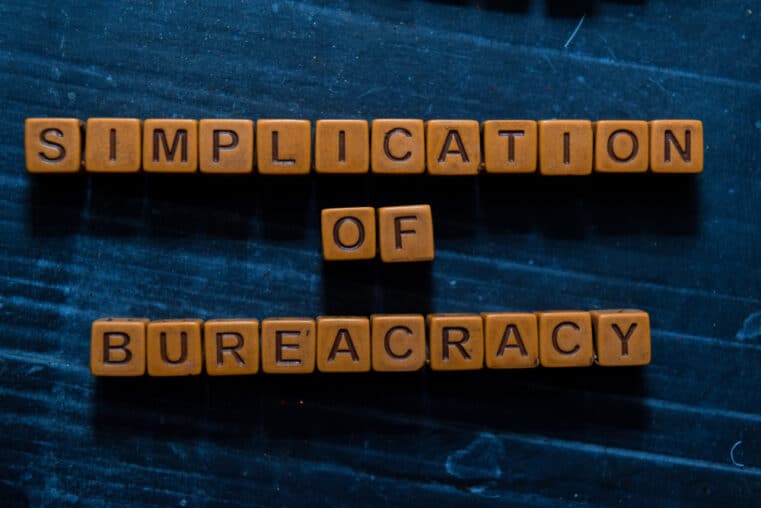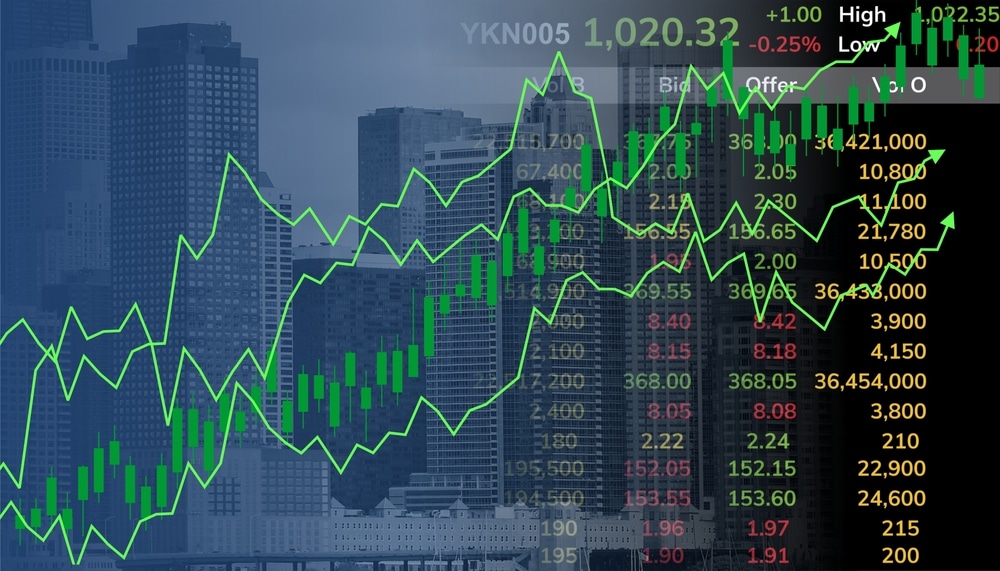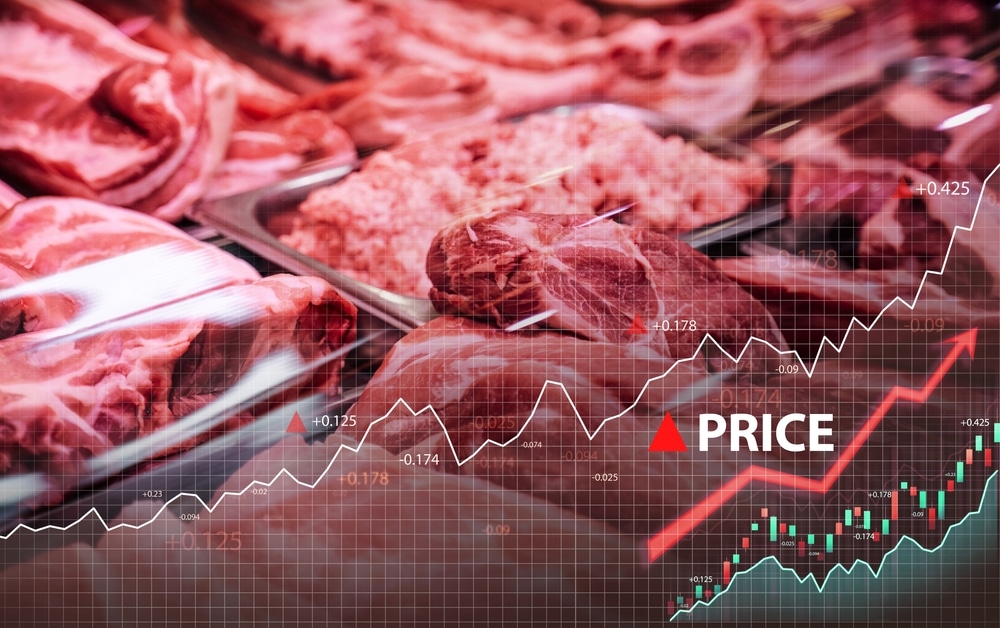
Trump Claims Victory as India Bows to U.S. Tariff Demands—But BRICS Alliance Still Fractured
Trump Takes Credit for India’s Tariff Surrender
In yet another Oval Office media blitz, President Donald Trump declared that India has agreed to eliminate tariffs on a slate of American goods—including auto parts, steel, and pharmaceuticals. "They’ve already agreed. They would have never done that for anybody else but me,” he boasted to reporters Tuesday morning.
This so-called “zero-for-zero” deal comes amid broader negotiations for a comprehensive trade pact between the two nations, triggered after Trump slapped a blanket 10% tariff on all foreign imports in what he calls a push for “balanced trade.” While the claim of a done deal is headline-ready, Indian officials have not confirmed Trump’s statement. For now, the two countries remain locked in talks.
India’s Double Play: UK Deal Signed, US Deal Pending
The timing of Trump’s statement coincides with India finalizing a free trade agreement with the United Kingdom—a deal that’s been three years in the making. According to the BBC, the pact will cut export taxes on Indian-made clothing while opening the British market to Indian goods, including automobiles.
India playing both sides of the chessboard—cozying up to the UK while allegedly conceding to Trump—hints at deeper geopolitical realignment. With BRICS faltering and global markets fragmenting, New Delhi may be hedging its bets on Western partnerships, even at the cost of internal cohesion within the BRICS bloc.
Where’s China? Still in the Crosshairs
Notably absent from Trump's “open for business” mantra is India’s BRICS partner, China. Trade tensions with Beijing remain white-hot, with tariffs now surpassing 140% on Chinese imports. Trump claimed Tuesday that his administration “could sign 25 deals right now,” but aside from the India claim, nothing has been finalized.
And let’s be clear: the supposed thaw between the U.S. and India doesn’t mean global trade is healing. It means the era of multilateral deals is over. Trump is reshaping global economics through pressure, not partnership. Countries either fall in line—or fall behind.
What This Really Means: The End of Predictable Trade
Forget global trade norms. This is deal-making by fiat, with geopolitics and ego steering the wheel. India’s willingness to roll back tariffs—if confirmed—proves that even BRICS nations are being squeezed into submission. What’s left is a fragile ecosystem where every nation is scrambling for a better bilateral deal before the rules change again.
For those still holding on to the fantasy of economic stability through globalization, it's time to wake up. The only thing rising faster than tariffs is uncertainty. And the only reliable strategy left is self-reliance.
The Solution: Exit the System Before It Collapses
- Download Bill Brocius' free guide: 7 Steps to Protect Your Account from Bank Failure
- Read End of Banking As You Know It to understand how trade wars and banking failures are symptoms of the same disease.
- Join Bill’s Inner Circle for $19.95/month for real-time updates on global de-dollarization, trade realignments, and how to safeguard your financial independence.
Globalism is dying. Prepare accordingly.











